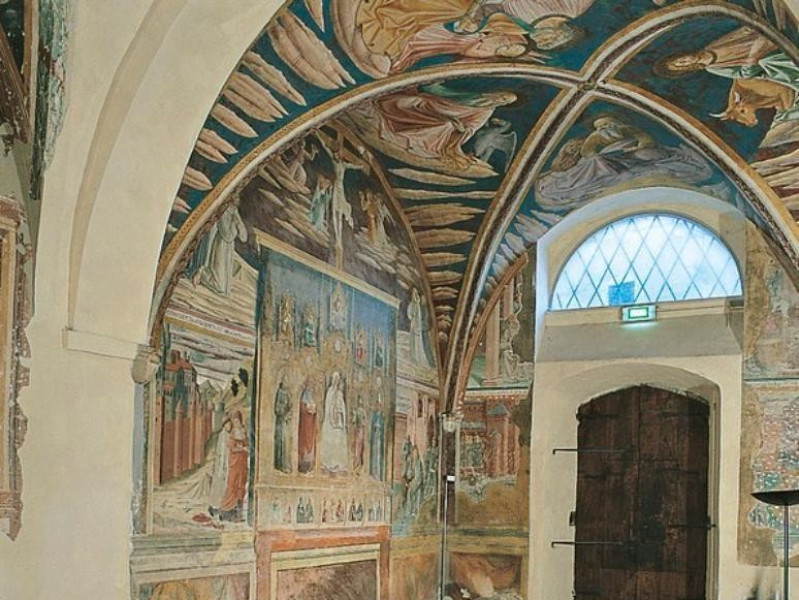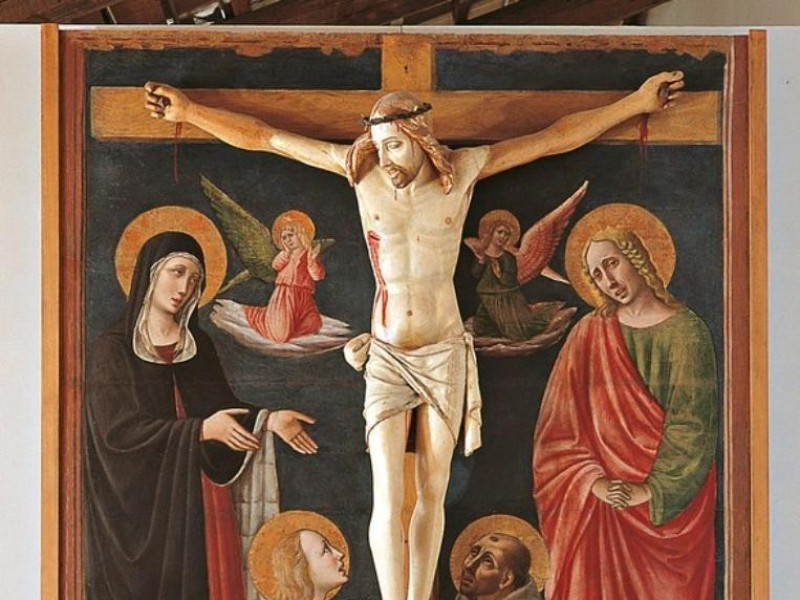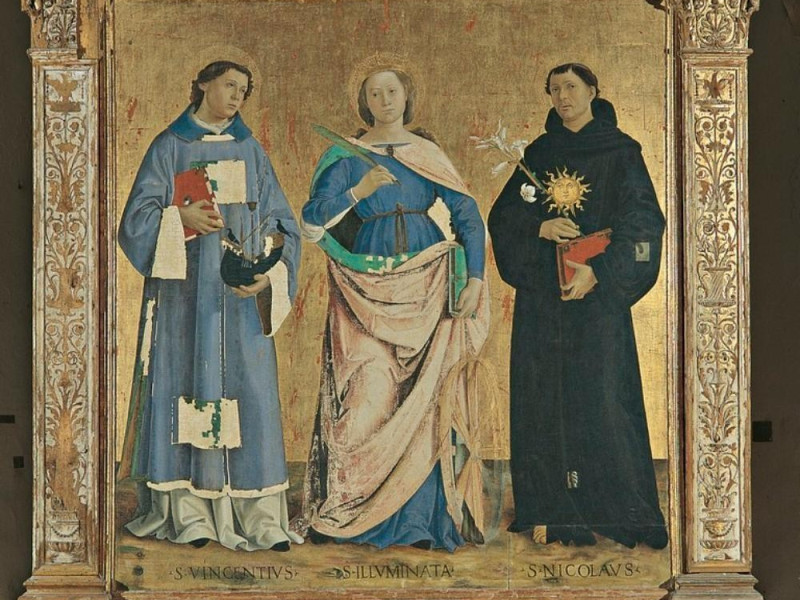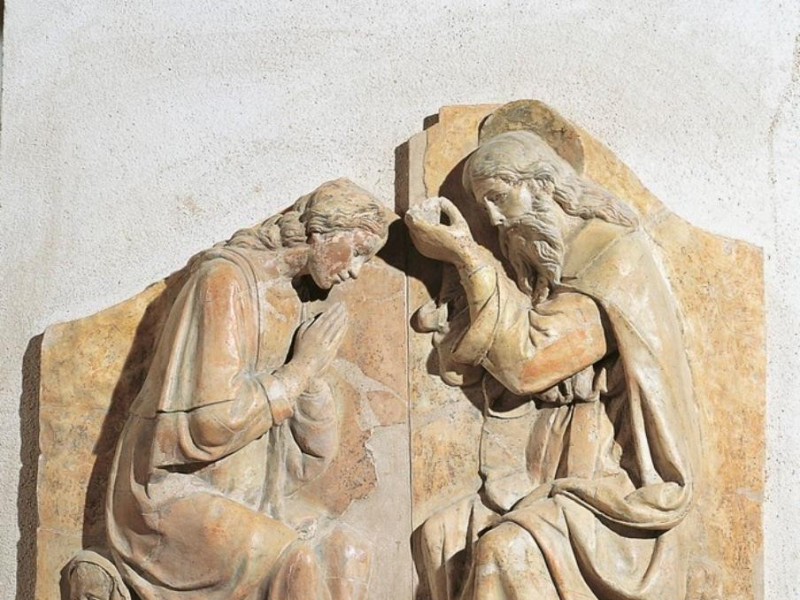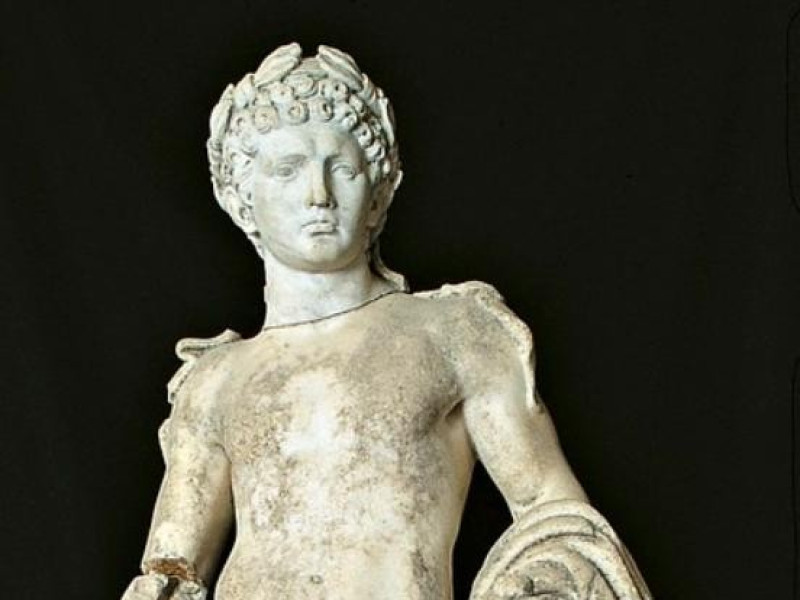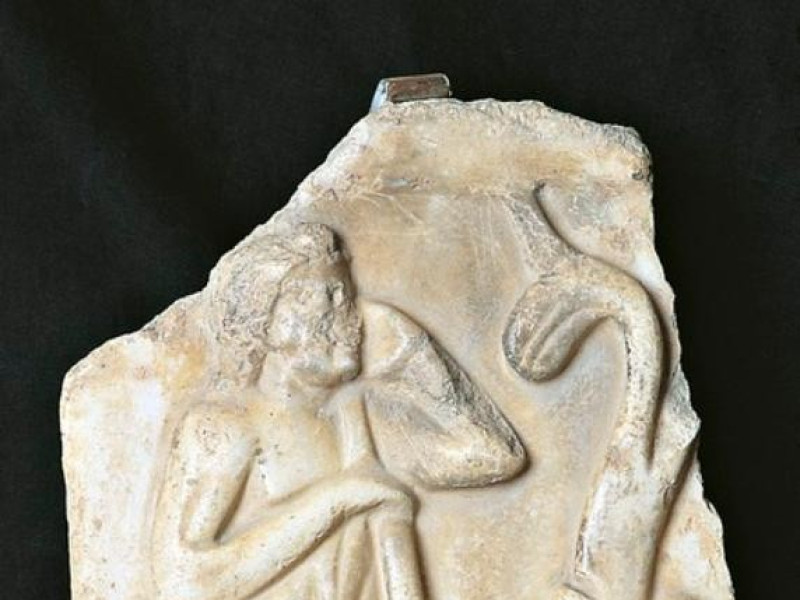Luogo - Museum
Complesso museale di San Francesco
Where
Via Ringhiera Umbra, 6, Montefalco (Perugia)
The Museo Civico di San Francesco is located at a walking distance from the central square of Montefalco. The medieval burgh, famous for its precious wine production and for its splendid panoramic position, dominates the entire Umbrian Valley from Perugia to Spoleto. The Museum’s display is arranged in the interior spaces of the former Chiesa di San Francesco built between 1335 and 1338—and inside the historical rooms of the annexed Convent. The current appearance of the church dates back essentially to the 15 century, when the Franciscan friars promoted its complete restructuring. The Museum has had its premises in the Chiesa di San Francesco and in the Convent annexed to it since 1990. The church was built between 1335 and 1338 and hosted a painting work-site of noticeable importance, above all for the presence of a number of works of the painter Benozzo Gozzoli, author of the decorations contained in the Cappella di San Girolamo and in the Apse. The twelve fresco scenes of The life of St Francis’—1452—are arranged in three rows—one above the other—and they are to be counted among the most important preserved painting cycles of the Renaissance, the second in order of importance after Giotto’s cycle in Assisi. The painters Jacopo Vincioli, Giovanni di Corraduccio, Ascensidonio Spacca worked on the decoration of the lateral chapels, while the painting in the backside the Annunciation with God the Father in Glory between Angels and the Nativity is a work of Pietro Vannucci, known as "Il Perugino". Paintings, sculptures, woven drapes and other objects coming from different places of the town and the territory have found a place in the Gallery, which is set up in some rooms of the former Convent. A part from a consistent nucleus of works from the local artist Francesco Melanzio, the Gallery takes care of detached frescoes and works executed by the circle of artists around Alunno and Antoniazzo Romano. Some archeological findings and marble gravestone fragments of various ages are reunited in the Crypt; of particular interest among them is a statue of Hercules of the Classical period whose provenance is uncertain. New spaces in the basement of the building have been opened to the public and used for temporary exhibitions since 2006. The ancient cellars of the Franciscan Convent re-emerged during the work of excavation and today it is possible to visit them.

